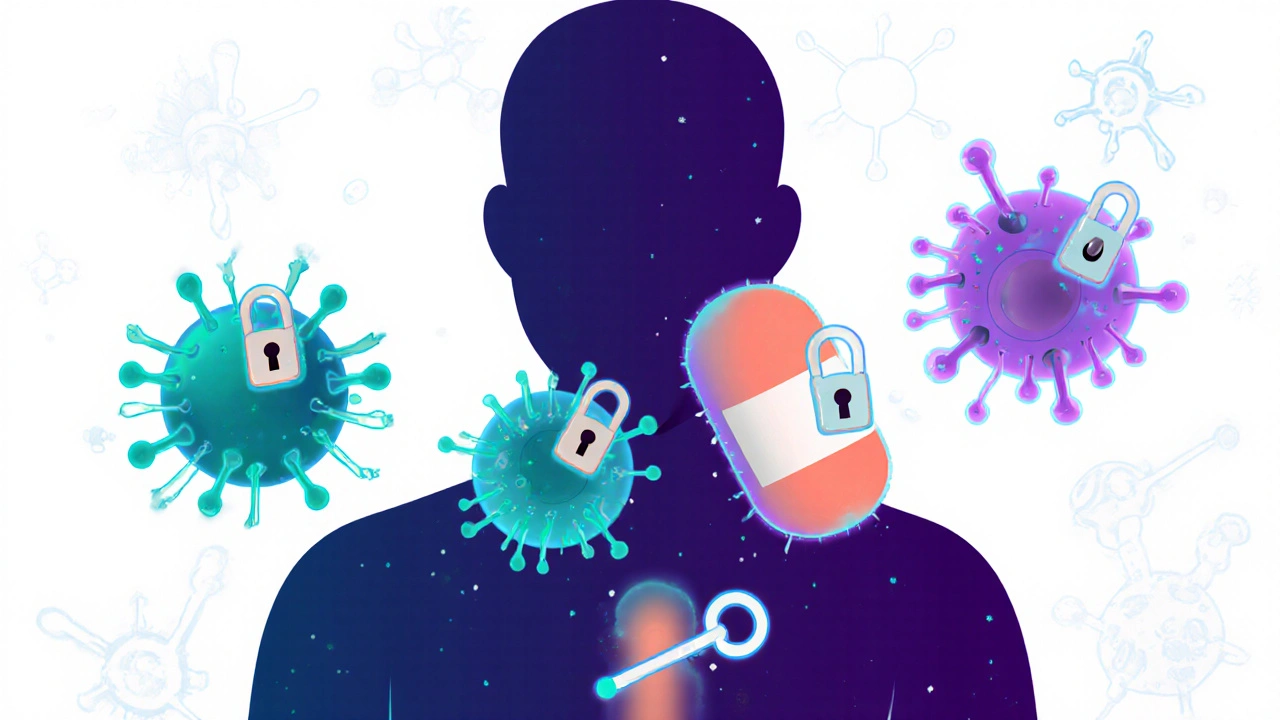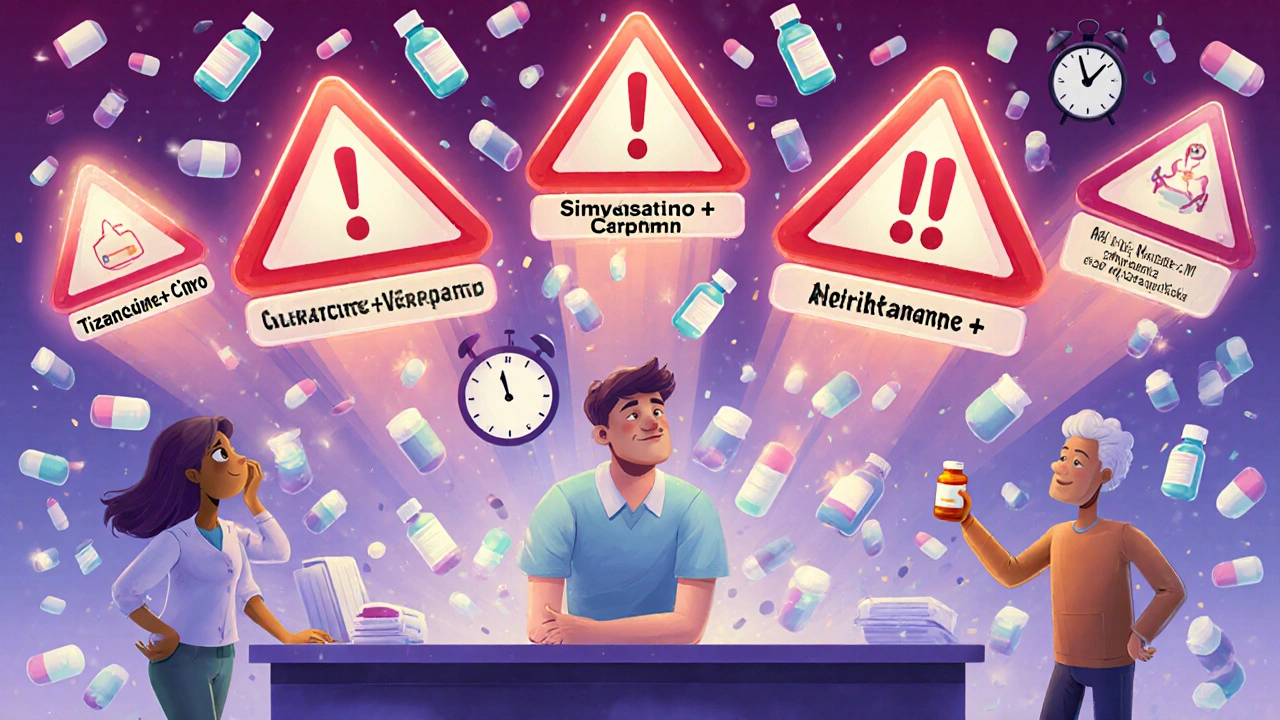Drug Side Effects: Spotting Problems Early and Handling Them Right
Ever taken a pill and wondered why you felt queasy, dizzy, or just off? Most medicines can cause side effects, and knowing what to expect can save you a lot of hassle. In this guide we break down the most common reactions, why they happen, and what you can do before they become a big issue.
Typical Side Effects You Might See
Side effects differ from one drug to another, but a few patterns show up again and again. Here are the ones you’ll run into most often:
- Nausea or stomach upset – antibiotics, pain relievers, and iron supplements love to irritate the gut. A small snack with the dose or a probiotic can help.
- Dizziness or light‑headedness – blood‑pressure meds, antihistamines, and some antidepressants may lower your blood pressure enough to make you feel woozy. Sitting down slowly and staying hydrated usually cuts it down.
- Dry mouth – many antidepressants, antihistamines, and some blood‑sugar drugs reduce saliva. Chewing sugar‑free gum or sipping water often eases the feeling.
- Sleep changes – stimulants like caffeine‑based meds or certain ADHD drugs can keep you up, while sedating antihistamines or some anxiety meds can make you drowsy. Timing your dose to match your sleep schedule matters.
- Skin reactions – rashes, itching, or mild redness appear with antibiotics, some cholesterol pills, and many over‑the‑counter products. A gentle moisturizer or antihistamine cream can calm the skin, but a spreading rash needs a doctor’s look.
These are just a snapshot. Every drug label lists its own side‑effect profile, so a quick glance can tell you what to expect.
How to Deal with Unwanted Reactions
Spotting a side effect is the first step; fixing it is the next. Follow this simple plan:
- Read the patient information leaflet. It explains the most common reactions and tells you which ones need urgent help.
- Track what happens. Jot down the time you took the med, the dose, and any new symptoms. A short diary makes it easier for your pharmacist or doctor to spot patterns.
- Start with low‑risk fixes. For nausea, try taking the pill with food. For dry mouth, sip water often. For mild rash, apply a fragrance‑free moisturizer.
- Check for interactions. Some side effects get worse when you mix drugs or supplements. Use a reliable drug‑interaction checker or ask your pharmacy staff to double‑check.
- Contact a professional. If symptoms are severe (trouble breathing, swelling, chest pain) call emergency services right away. For less urgent but persistent issues, call your prescribing doctor or a trusted pharmacist.
- Never stop a prescription on your own. Stopping suddenly can cause rebound problems or make the condition worse. If you need a break, discuss a taper plan with your doctor.
Keeping a written list of all medicines you take—including over‑the‑counter pills and herbal supplements—helps everyone stay on the same page. It also speeds up any safety checks.
Side effects are a normal part of using medication, but they don’t have to ruin your day. By reading labels, watching your body, and acting quickly when something feels off, you can keep the benefits of your treatment while minimizing the downsides. Stay curious, stay safe, and don’t hesitate to ask a health professional for help when you need it.
How Medicines Work and When They're Safe to Use
Learn how medicines interact with your body at a molecular level and why understanding their mechanism of action is essential for safe, effective use. Avoid dangerous side effects by knowing what your drugs actually do.
Red Flags in Drug Interactions: 5 Deadly Combinations Your Pharmacist Must Flag
Learn the five deadliest drug combinations that can cause hospitalization or death-and why pharmacists often miss them. Get practical steps to protect yourself from dangerous medication interactions.
Recreational Drugs & Impotence: Risks, Effects & Prevention
Explore how common recreational drugs can cause impotence, the underlying mechanisms, short‑ and long‑term consequences, and steps to protect your sexual health.



